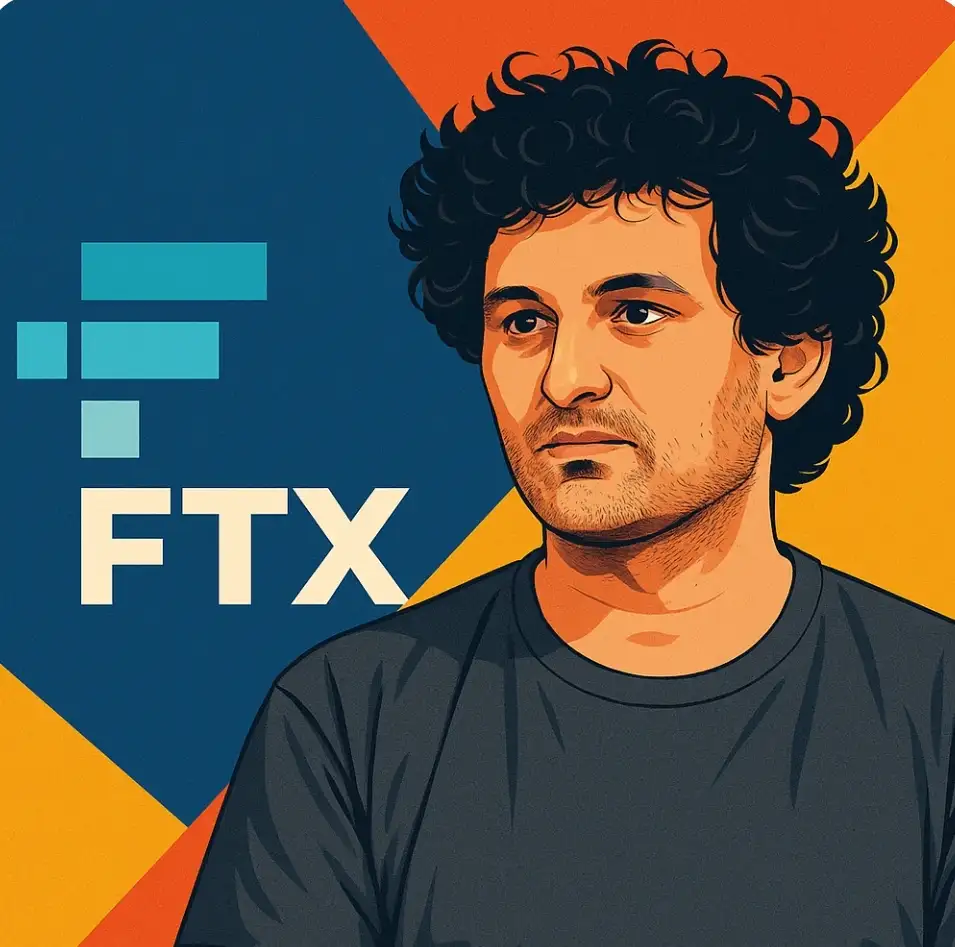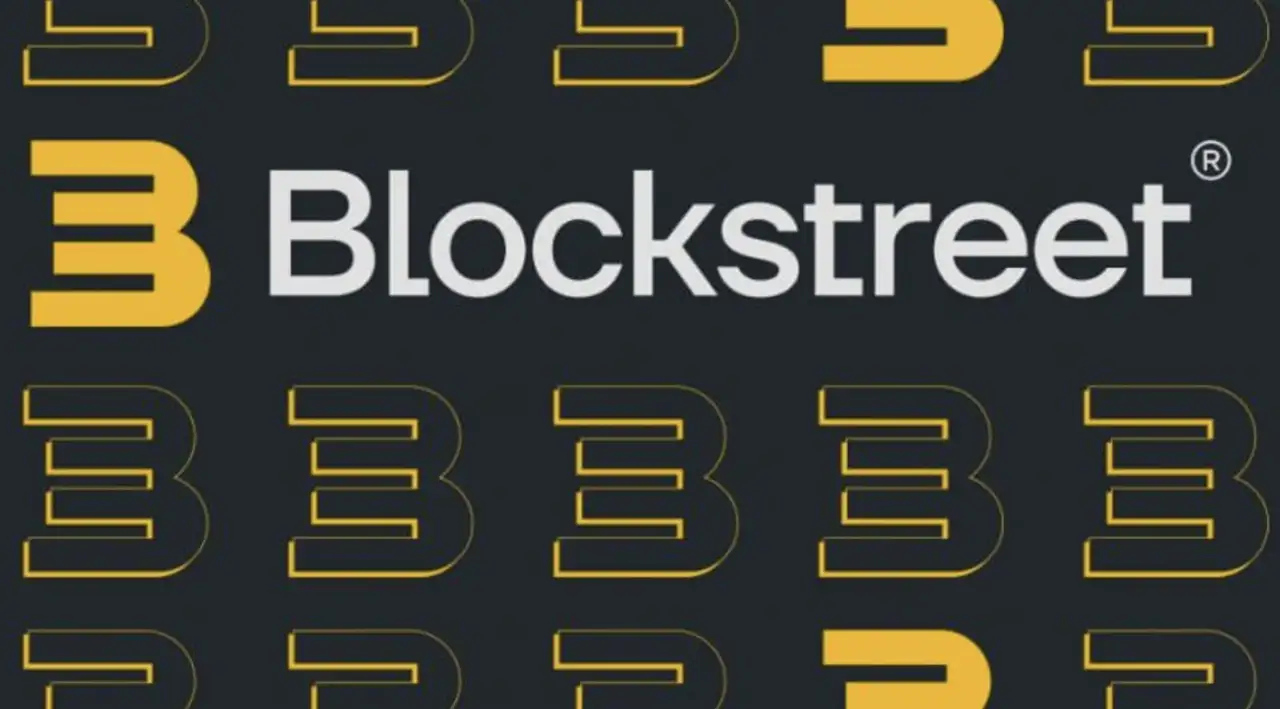
Key Insights:
Sam Bankman-Fried’s 15-page document claims FTX had enough assets in November 2022 to repay all customer deposits, both “in full” and “in kind.”
SBF alleges the collapse was a liquidity crisis, not insolvency, and says bankruptcy was forced by external legal advisors.
The document estimates that had FTX and Alameda not been dismantled, their holdings would now be worth $136 billion.
Speculation is mounting over a possible pardon from Donald Trump, especially after the recent pardon of Binance’s CZ.
SBF’s appeal hearing begins November 4, with the crypto world closely watching how his defense strategy plays out.
Sam Bankman-Fried, the embattled founder of the now-defunct crypto exchange FTX, has reignited controversy after a post on his X (formerly Twitter) account, currently managed by a friend, claimed that the platform was never actually bankrupt. The statement came alongside a 15-page document titled “FTX: Where Did The Money Go?” published on October 31, challenging the prevailing legal narrative around the platform’s spectacular collapse in November 2022.
Sam Bankman-fried's Latest Document On X: Source
The post reasserts arguments previously made during Bankman-Fried’s criminal trial in 2023, where he was found guilty of fraud and conspiracy to misappropriate $10 billion in customer funds. The new document asserts that FTX was not insolvent, but simply suffering a temporary liquidity crunch and that all customer funds could have been recovered without filing for bankruptcy, had external lawyers not taken over.
According to the document, FTX customers had deposited roughly $20 billion onto the platform prior to its collapse. At the time of the bankruptcy filing, $8 billion was still owed. However, the document claims that customer funds “never left” and that the estate now holds more than enough to repay everyone.
It states that about 98% of creditors have already received 120% of their claims, and after paying legal fees and honoring $8 billion in liabilities, the estate still retains $8 billion. The implication: FTX was always solvent, and its collapse was triggered not by a hole in its balance sheet, but by a short-term liquidity mismatch.
The document criticizes FTX’s legal team for pushing the company into Chapter 11, stating that the “liquidity crisis” could have been resolved by the end of November 2022 without invoking bankruptcy proceedings. It adds that significant equity value, which could have benefited customers and investors alike, was lost due to the rushed decision to liquidate assets.
The report also outlined a scenario where FTX and its sister trading firm, Alameda Research, would still hold assets worth an estimated $136 billion, had they not been dismantled. This total includes a $14.3 billion stake in AI startup Anthropic, $7.6 billion in Robinhood shares, $1.2 billion in Genesis Digital Assets, and $600 million worth of SpaceX equity.
FTX And Alameda Research Hypothetical Portfolio: Source
Other notable holdings include 58 million SOL ($12.4B), 205,000 BTC ($2.3B), 890 million SUI ($2.9B), 225.4 million XRP ($600M), and 112,600 ETH ($500M), along with $1.7 billion in cash and $345 million in stablecoins.
The team argues that FTX could have repaid creditors fully in-kind, meaning in the same assets they held, while preserving immense value for equity holders. Instead, creditors were compensated using the market prices at the time of bankruptcy, which were significantly lower.
The post sparked immediate and polarizing reactions online. One user criticized the exclusion of mainland Chinese users from compensation. A news report alleges that over 80% of restricted assets in the $1.6 billion global payout are linked to Chinese customers.
Will, a Chinese creditor leading efforts to overturn the exclusion, continues to rally support and challenge FTX Trust in court. Judge Owens also questioned the fairness of excluding Chinese users, urging the estate to reevaluate its list of “restricted territories.”
Another X user queried Bankman-Fried for signing off on the bankruptcy filing, implying he should have resisted legal counsel. Crypto investigator ZachXBT noted that repayments were made based on November 2022 prices, meaning users who held assets like BTC or SOL suffered massive opportunity losses.
“You clearly have not learned from your time in prison and continue spreading the same misinformation,” ZachXBT wrote in a critical reply.
FTX’s token, FTT, briefly rallied on the back of the post, spiking to an intraday high of $0.84 before retreating. The brief price movement reflected the speculative nature of the market and how quickly sentiments can shift based on public commentary even from behind bars.
The most pointed response came from crypto analyst Adam Cochran, who bluntly tweeted: “Shut the fk up Sam. You stole.” He emphasized that FTX was never authorized to operate like a fractional reserve bank and that customer funds were never the company’s to use.
Cochran added: “Just because the investments made with stolen money appreciated doesn’t mean there wasn’t a crime. Users owned title to those assets the entire time.”
The ongoing narrative echoes earlier comments Bankman-Fried made in March during a prison interview with Tucker Carlson, in which he claimed FTX had “enough money” to repay all customers even at the time of collapse.
As speculation swirls, a new political angle has emerged. Reports suggest that a huge lobbying effort is underway to persuade U.S. President Donald Trump to pardon Bankman-Fried. These rumors gained traction after Trump pardoned Binance founder Changpeng Zhao, following his own legal troubles with U.S. authorities.
With Bankman-Fried’s next appeal trial date set for November 4, the timing of the renewed public campaign is raising eyebrows. Critics say the attempt to rewrite the FTX narrative could be aimed at swaying public opinion or softening legal consequences.
Whether or not the claims made in the document hold legal weight, one thing is clear: the crypto community remains deeply divided over Sam Bankman-Fried’s legacy, and whether the collapse of FTX was a case of criminal fraud, or a mismanaged liquidity event with catastrophic timing.
As the appeal trial resumes, the coming weeks may prove pivotal not just for Bankman-Fried’s future, but for how crypto history remembers one of its most infamous implosions.
On-Chain Media articles are for educational purposes only. We strive to provide accurate and timely information. This information should not be construed as financial advice or an endorsement of any particular cryptocurrency, project, or service. The cryptocurrency market is highly volatile and unpredictable.Before making any investment decisions, you are strongly encouraged to conduct your own independent research and due diligence
Tags :

0 Comments
Show More

StableStock is solving one of the biggest frictions in tokenized equities—access and distribution.

Learn why Wallet-as-a-Service solutions offer superior speed, compliance, and cost savings compared to developing crypto wallets in-house.

The real edge comes from joining market maker programs — where fees drop to zero and every millisecond counts.
On-Chain Media is an independent, reader-funded crypto media platform. Kindly consider supporting us with a donation.
bc1qp0a8vw82cs508agere759ant6xqhcfgcjpyghk
0x18d7C63AAD2679CFb0cfE1d104B7f6Ed00A3A050
CBaXXVX7bdAouqg3PciE4HjUXAhsrnFBHQ2dLcNz5hrM
Contains the last 12 releases